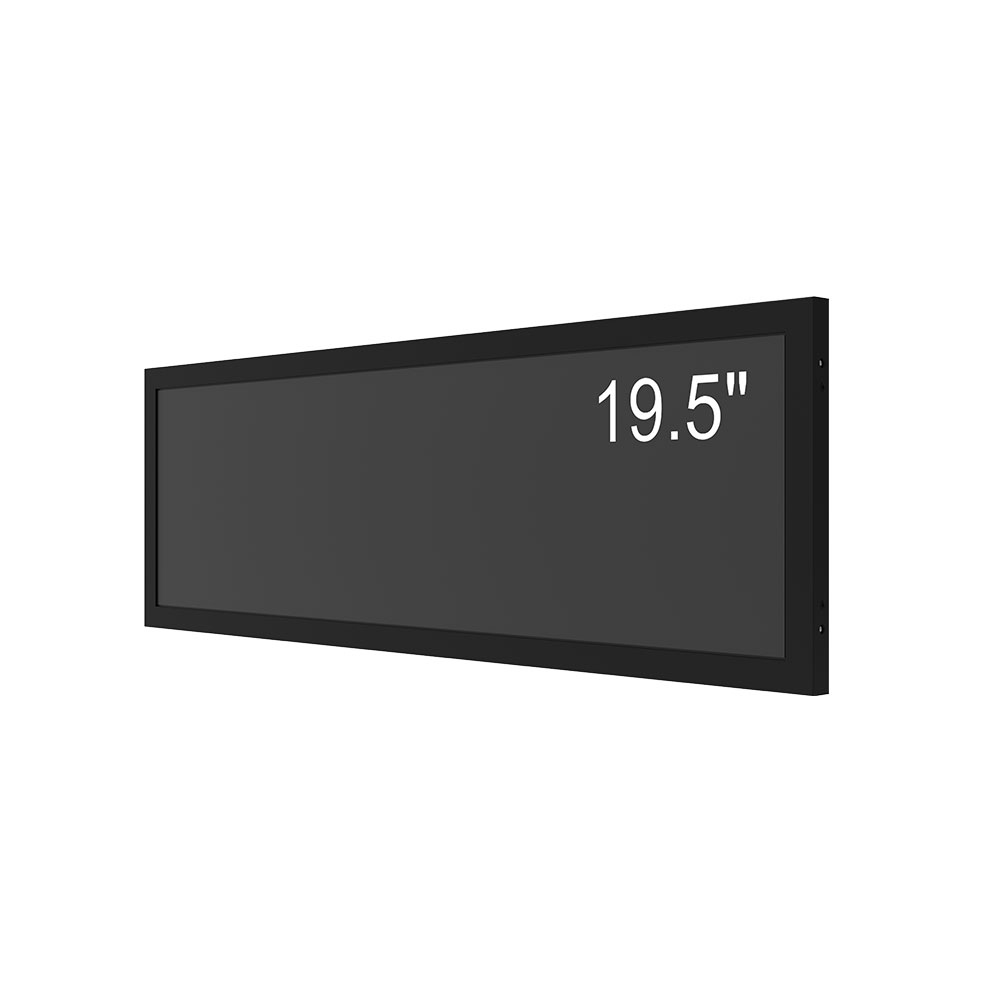When designing outdoor digital signage solutions, selecting the correct display ratio—typically 16:9—and appropriate screen sizes is critical to ensure optimal visibility, energy efficiency, and environmental resilience. The most commonly used outdoor LCD screen sizes in commercial applications range from compact 10.1-inch units to massive 110-inch displays, all adhering to a standardized 16:9 aspect ratio that aligns with modern video content standards (such as HD, Full HD, and 4K).
For small-scale installations like kiosks or retail point-of-sale systems, 10.1" and 13.3" screens offer portability and high brightness (often 5,000–7,000 nits) to combat sunlight interference. Larger formats such as 15.6", 18.5", and 21.5" are ideal for indoor-outdoor hybrid environments including shopping malls, bus stops, and airport lounges where durability and clarity under variable lighting conditions are essential.
Mid-range sizes (23.8" to 43") dominate public transportation hubs, corporate lobbies, and educational institutions due to their balance of resolution, viewing angle, and cost-effectiveness. These models typically feature IP65-rated enclosures, wide temperature operation (-30°C to +60°C), and LED-backlit panels optimized for outdoor use.
For large-scale digital billboards and urban advertising, 46", 49", 55", 65", 75", 86", and even 98" and 110" screens provide immersive visual impact. These are often deployed in high-traffic zones such as Times Square, Tokyo’s Shibuya Crossing, or London’s Piccadilly Circus. Their construction involves industrial-grade aluminum frames, anti-glare coatings, and weatherproof sealing compliant with IEC 60529 standards.

Importantly, every size—from 10.1" to 110"—must be paired with an outdoor-specific backlight system and a robust cooling mechanism to prevent overheating in extreme climates. According to the Society of Information Display (SID), proper thermal management extends panel life by up to 40% in continuous-use scenarios.
In summary, choosing the right outdoor LCD screen size depends on application context, ambient light levels, and environmental conditions. Whether deploying a single 10.1" unit in a café or a 110" mega-display in a city square, maintaining a consistent 16:9 aspect ratio ensures compatibility with broadcast and streaming media while maximizing audience engagement through sharp, vibrant visuals.







